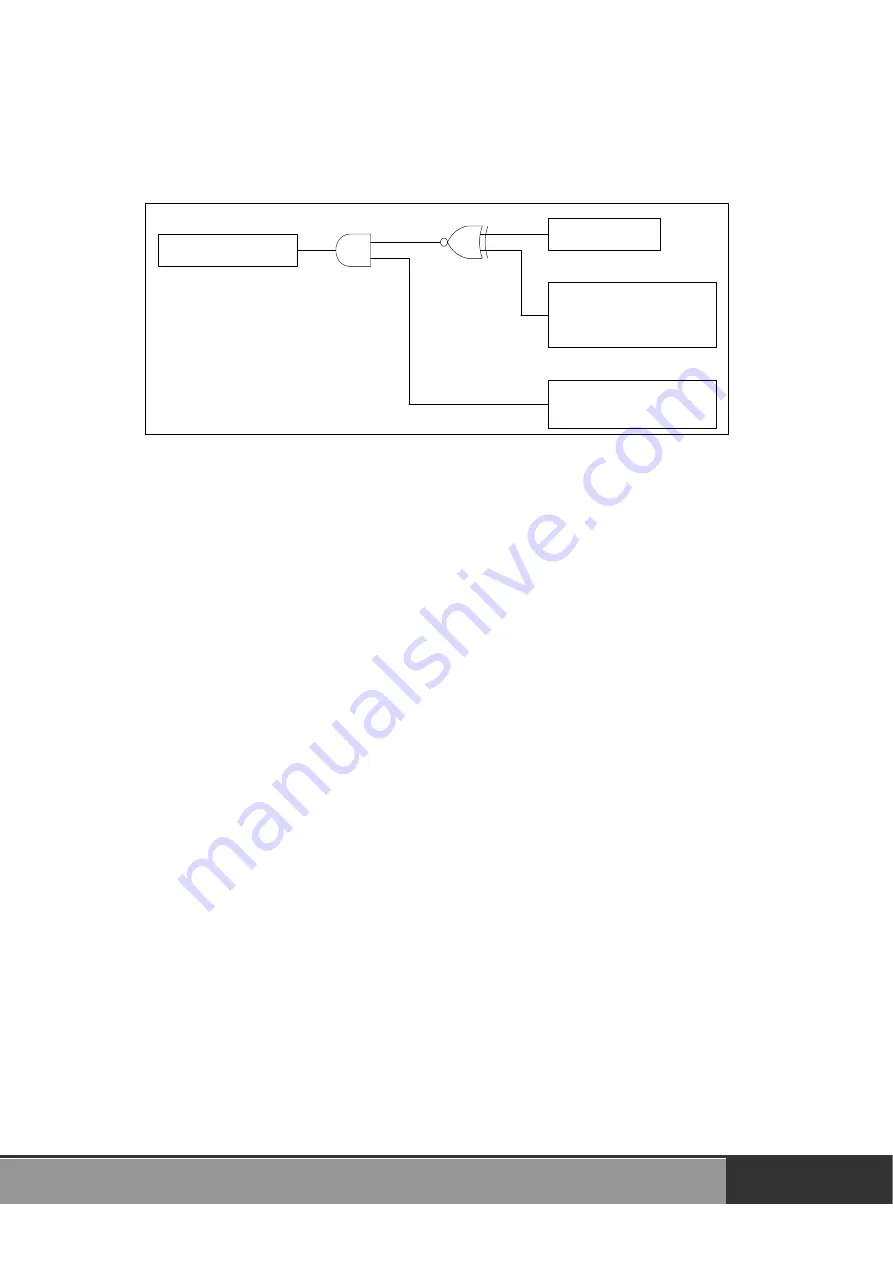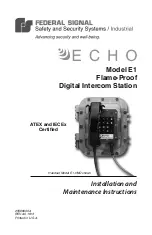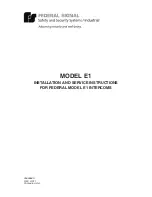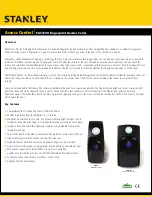
2.3.2 INT_CHAN_0/1
INT0/1
Inverted/Noninverted
select
(INV0/1)
Enable/Disable select
(EN0/1)
INT_CHAN_0/1
The architecture for INT_CHAN_0 and INT_CHAN_1 is shown in the above
figure. The only difference between INT0 and INT1 is that the INT_CHAN_0
signal source is from the 8254 counter0 output and the INT_CHAN_1 signal
source is from the 8254 counter2 output.
INT_CHAN_0/1 must be fixed at a low level state normally and a
high_pulse generated to interrupt the PC.
EN0/1 can be used to enable/disable the INT_CHAN_0/1 in the following
manner: (Refer to Sec.3.3.4)
EN0/1 = 0
→
INT_CHAN_0/1 = disabled
EN0/1 = 1
→
INT_CHAN_0/1 = enabled
INV0/1 can be used to invert/non-invert INT0/1 in the following manner: (Refer to
Sec.3.3.6)
INV0/1 = 0
→
INT_CHAN_0/1 = inverted state for INT0/1
INV0/1 = 1
→
INT_CHAN_0/1 = non-inverted state for INT0/1
As noted above,
if INT\ is fixed at a low level state, the PIO-DA4/8/16
will
interrupt the PC continuously, so the interrupt service routine should use
INV0/1 to invert/non-invert the INT0/1 in order to generate a high_pulse
(Refer to the next section)
PIO-DA/PISO-DA Series User Manual (Ver.2.9, Feb. 2011, PMH-009-29 )
12













































